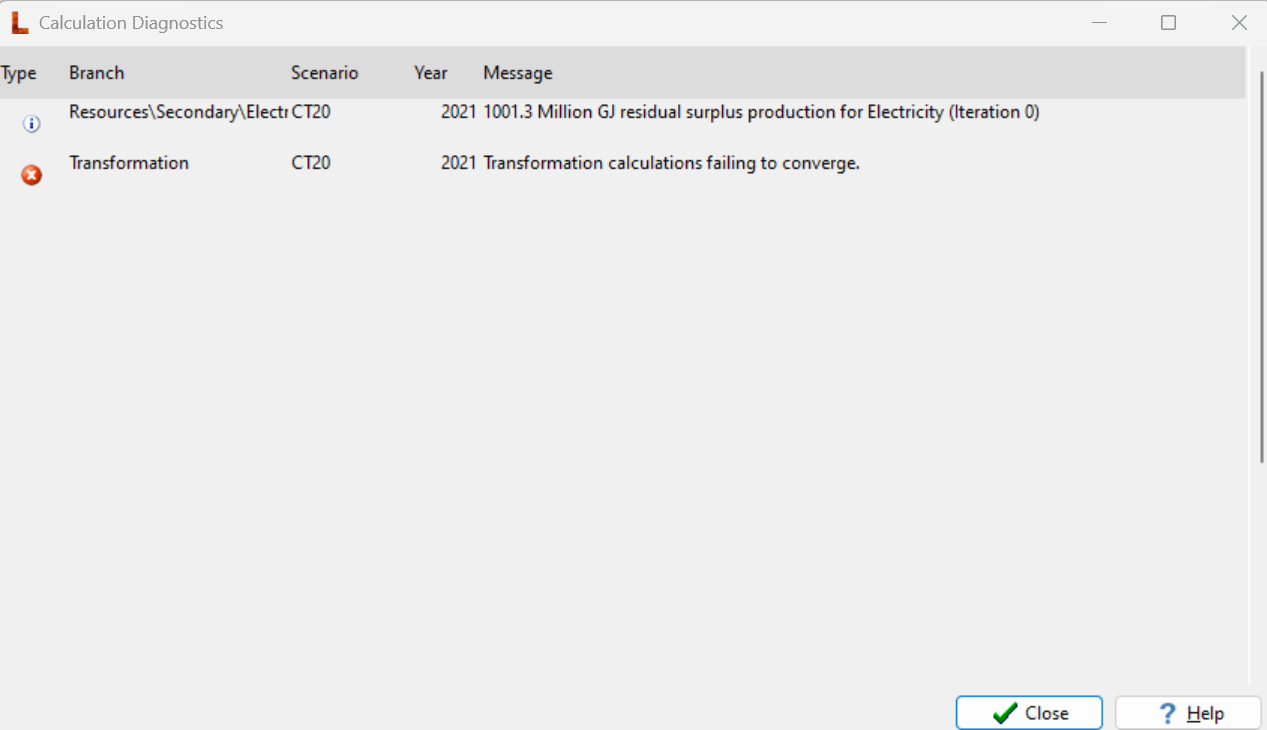Topic: Setting a carbon price Subscribe | Previous | Next
Mahamadi GABA 1/11/2024
Good morning,
I am analysing carbon tax policies and I may have a couple of questions.
One of my objectives is to set different carbon prices on fuel energy and then analyse its effects on CO2 emissions and energy demand. To make the fuel use sensitive to the carbon tax, I am building a logarithmic relationship between the fuel intensity and the fuel price (which in turn, will depend on the carbon price).
1. For the logarithmic relationship, do I have to build the equation for each of the fuels and each of the sectors separately (i.e having a relationship for LPG intensity in the residential sector and at the same time having another equation for LPG in the industry sector for instance)? or is there a way to build a single relationship for each of the fuel without differencing the sector? Please, note that my dataset is energy balance data.
2. Also, to build this logarithmic relationship, I am experiencing a lack of data for some of my fuel (in certain cases, only two years of historical data are available), how can I build this relationship or estimate the fuel price elasticity with limited data? Is there any way to solve this issue?
3. For the carbon price, do I have to add a tax price only on primary fuel resources or can I consider all the fuel including secondary resources?
4. As electricity is produced by using fuel and renewable energy, how can I only consider the carbon price of electricity generated from fossil fuel sources? I do have the percentage of electricity coming from renewable energy sources, but not for the sectoral percentage (i.e. data on electricity generated from fuel sources and used in the residential, industrial, services, and agricultural sectors separately are not available).
5. Is there any relationship between the carbon price unit and the fuel intensity variable unit? i.e. if the fuel intensity is in "tonne of oil equivalent", what would be the suitable unit for the carbon price variable (ex: selecting carbon price as "$/ tonne of CO2")? and what is the implication of doing so?
6. Lastly, by computing one of the results, I am experiencing an error (see picture below). I removed all the data I entered in the Resources Branch (primary and secondary resources), and the problem is still the same. How can I fix this error?
I am looking forward to your advice and help in answering my questions.
Thank you in advance.
Mahamadi
